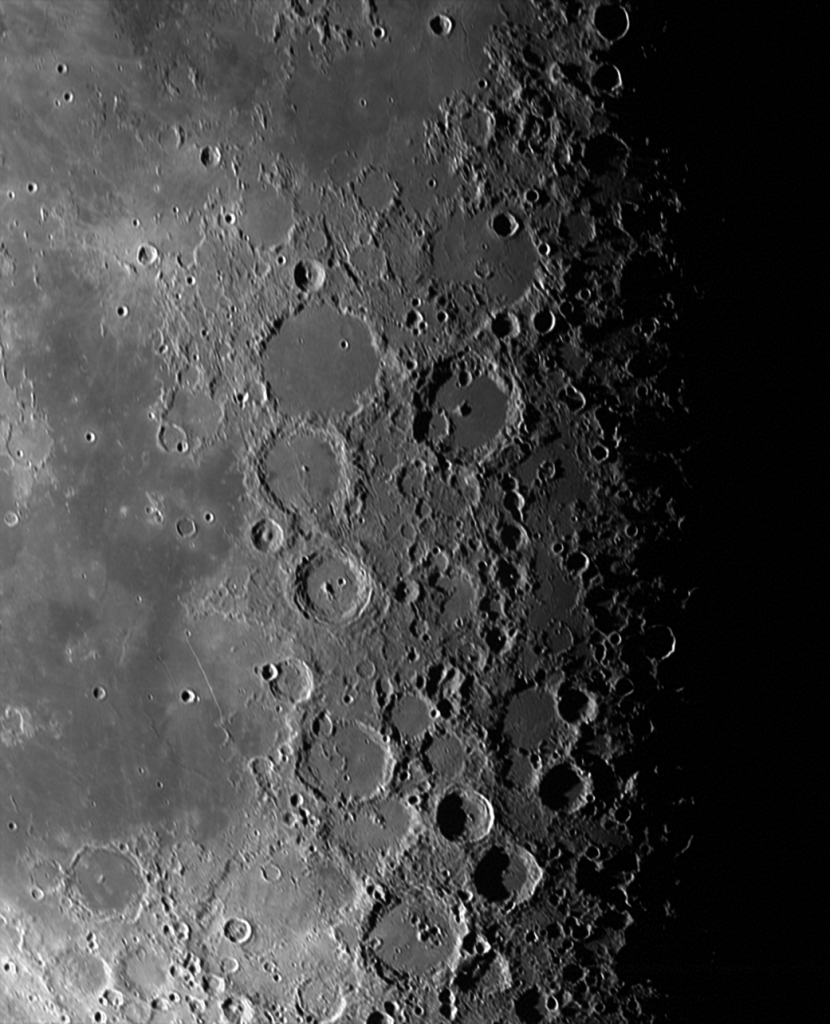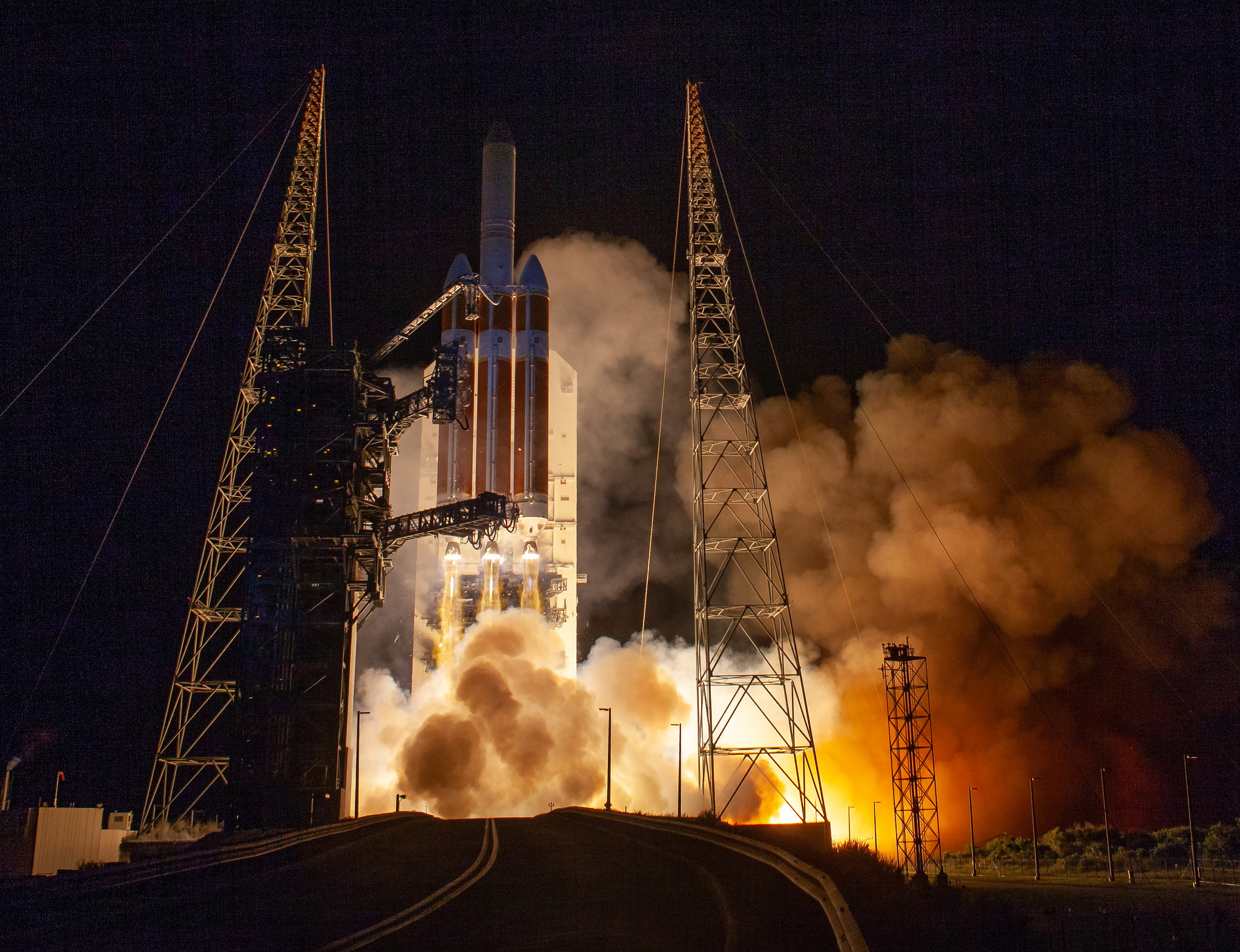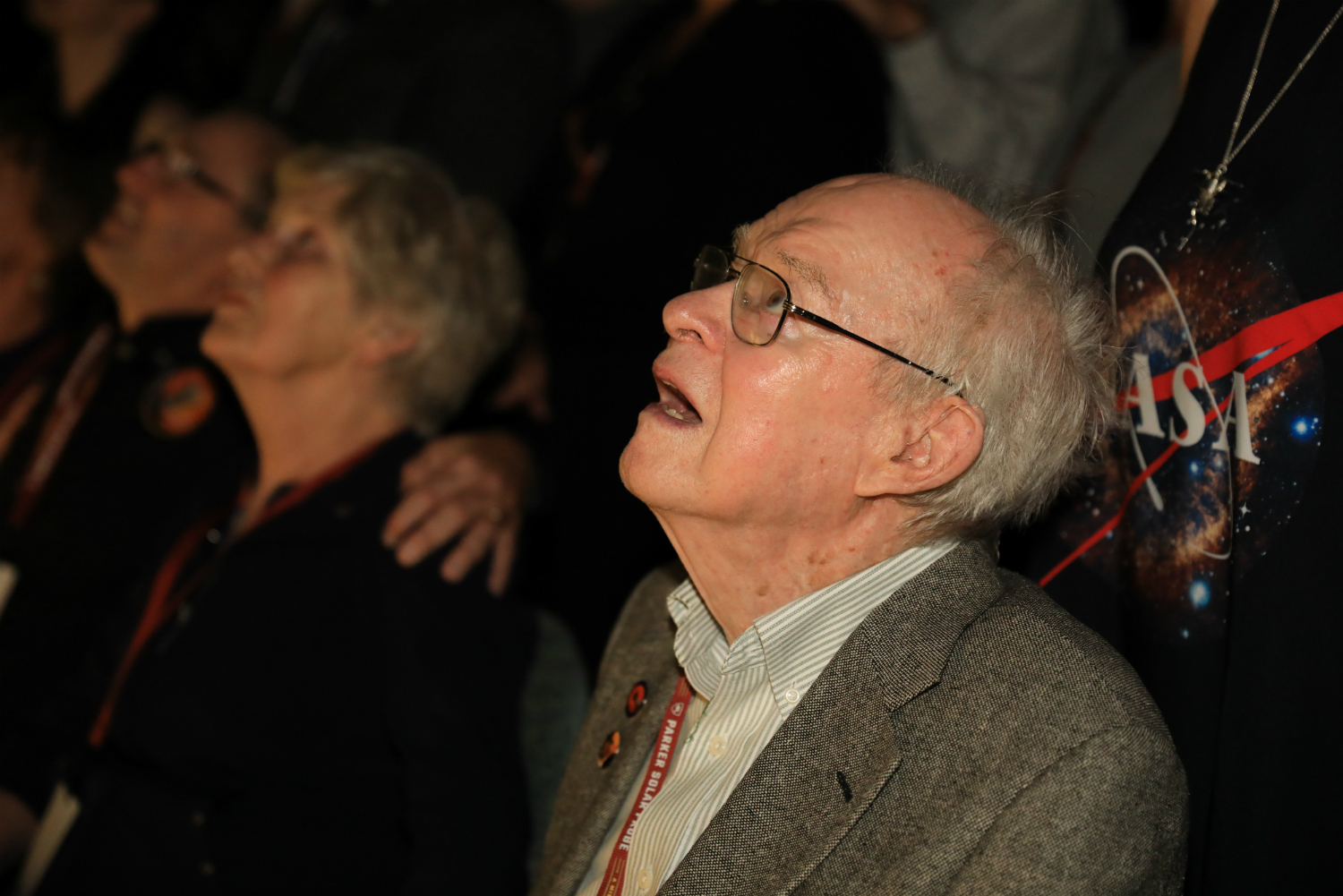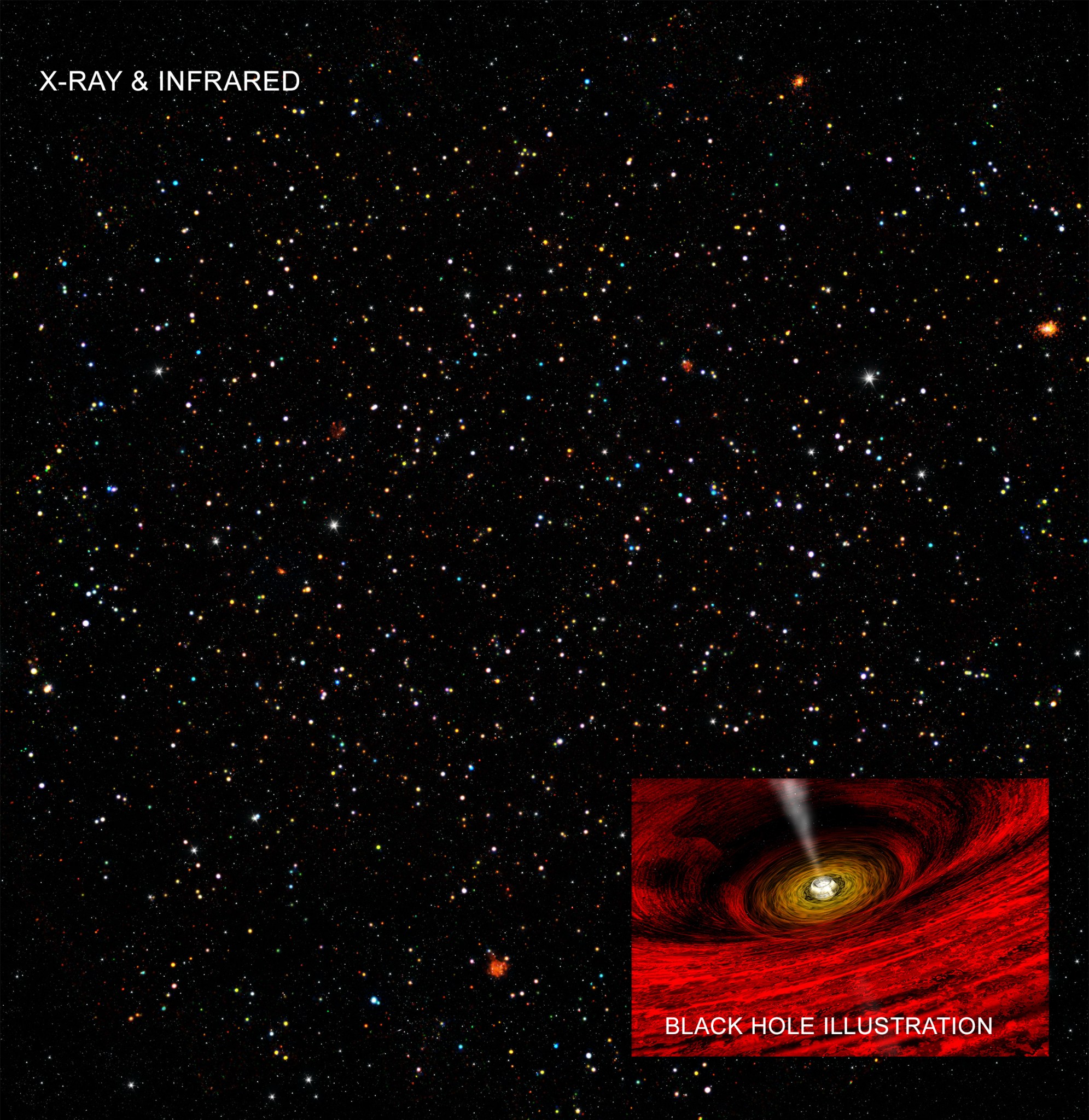In This Week’s Star
- NASA and Marshall to Recognize Outstanding Team Members at Annual Honor Awards Ceremonies Aug. 22
- NASA Administrator Views Progress Building SLS and Orion Hardware
- NASA Launches Parker Solar Probe on Historic Journey to Touch Sun
- Finding the Happy Medium of Black Holes
- Rocket Science in 60 Seconds: A Ride on NASA’s Barge Pegasus
- This Week in NASA History: HEAO-1 Launches – Aug. 12, 1977
NASA and Marshall to Recognize Outstanding Team Members at Annual Honor Awards Ceremonies Aug. 22
NASA and the Marshall Space Flight Center will recognize more than 300 Marshall employees, contractors and teams during the annual Honor Awards ceremonies in Activities Building 4316 on Aug. 22. All Marshall team members are invited to attend.
Award presentations will be made during two ceremonies — agency-level Honor Awards at 10 a.m. and center-level Honor Awards at 2 p.m. The morning ceremony will recognize those who have made significant achievements to NASA’s mission at an agency level. The afternoon ceremony will recognize those who have made outstanding mission contributions to Marshall.
Eugene Tu, director for NASA’s Ames Research Center, will be the keynote speaker at both ceremonies. Tu and Marshall Acting Center Director Jody Singer will present the awards to the honorees.
Announcing the agency-level awards will be Larry Leopard, deputy director of the Engineering Directorate; Katherine Van Hooser, chief engineer of the Engineering Directorate; and Marcus Lea, director of the Office of Human Capital.
The center-level awards will be announced by Audrey Robinson, chief counsel of the Office of the Chief Counsel; Keith Hefner, Michoud Assembly Facility director; and David Burns, manager of the Science and Technology Office.
Nelson C. Parker, deputy manager of the Chief Engineers Office, will emcee.
For a list of the NASA Honor Awards, click here.
For a list of the Marshall Honor Awards, click here.
MacMillan, an ASRC Federal/Analytical Services employee, supports the Office of Strategic Analysis & Communications.
NASA Administrator Views Progress Building SLS and Orion Hardware
By Jonathan Deal
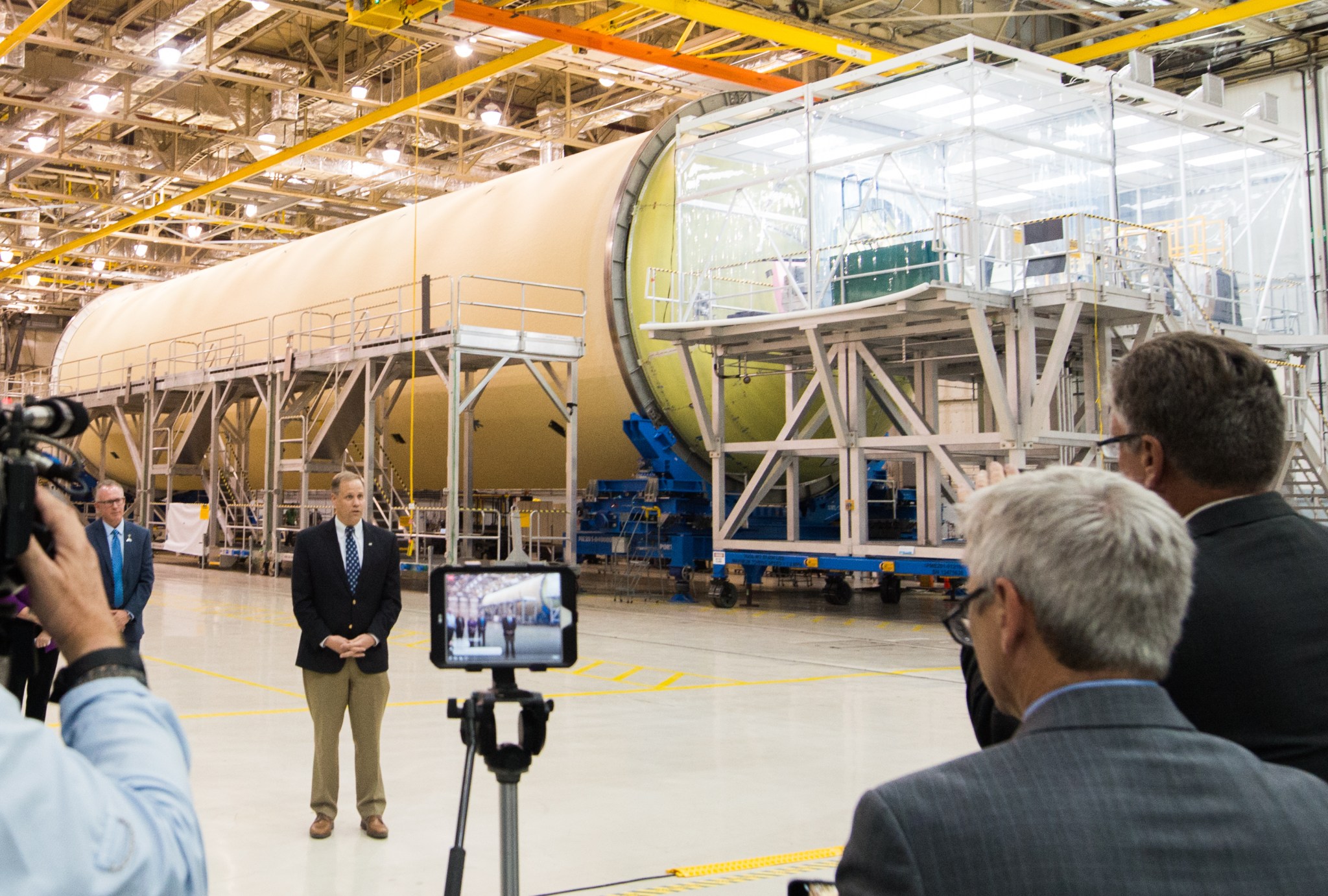
NASA Administrator Jim Bridenstine made his first official visit to NASA’s rocket factory, the Michoud Assembly Facility, Aug. 13, for tours and briefings on progress building the Space Launch System rocket and Orion spacecraft.
“What we’re doing here is something that’s never been done before,” said Bridenstine. “We’re launching the biggest rocket carrying the heaviest payload capacity that’s ever flown. It’s going to send our crew vehicles into deep space to areas we have never flown humans before. It’s a brand new, very large project that is unmatched in the world and will remain unmatched for a very long time.”
Bridenstine, joined by Jody Singer, acting director of NASA’s Marshall Space Flight Center; and Keith Hefner, director of Michoud, toured the massive facility where manufacturing and assembly of the largest and most complex parts of SLS and Orion are underway. SLS will send the Orion spacecraft, astronauts and critical hardware on bold exploration missions to the Moon and beyond.
The administrator’s tour highlighted the SLS core stage which, flanked by two solid rocket boosters, will provide the thrust to propel the vehicle to deep space. Bridenstine had the opportunity to view SLS hardware just as engineers are putting finishing touches on the core stage parts by testing avionics, installing special equipment inside the structures and applying thermal protection systems.
Standing beneath the massive liquid hydrogen tank, which comprises almost two-thirds of the core stage and will hold 537,000 gallons of liquid hydrogen cooled to minus 423 degrees Fahrenheit, Bridenstine marveled at the progress building NASA’s new deep space rocket.
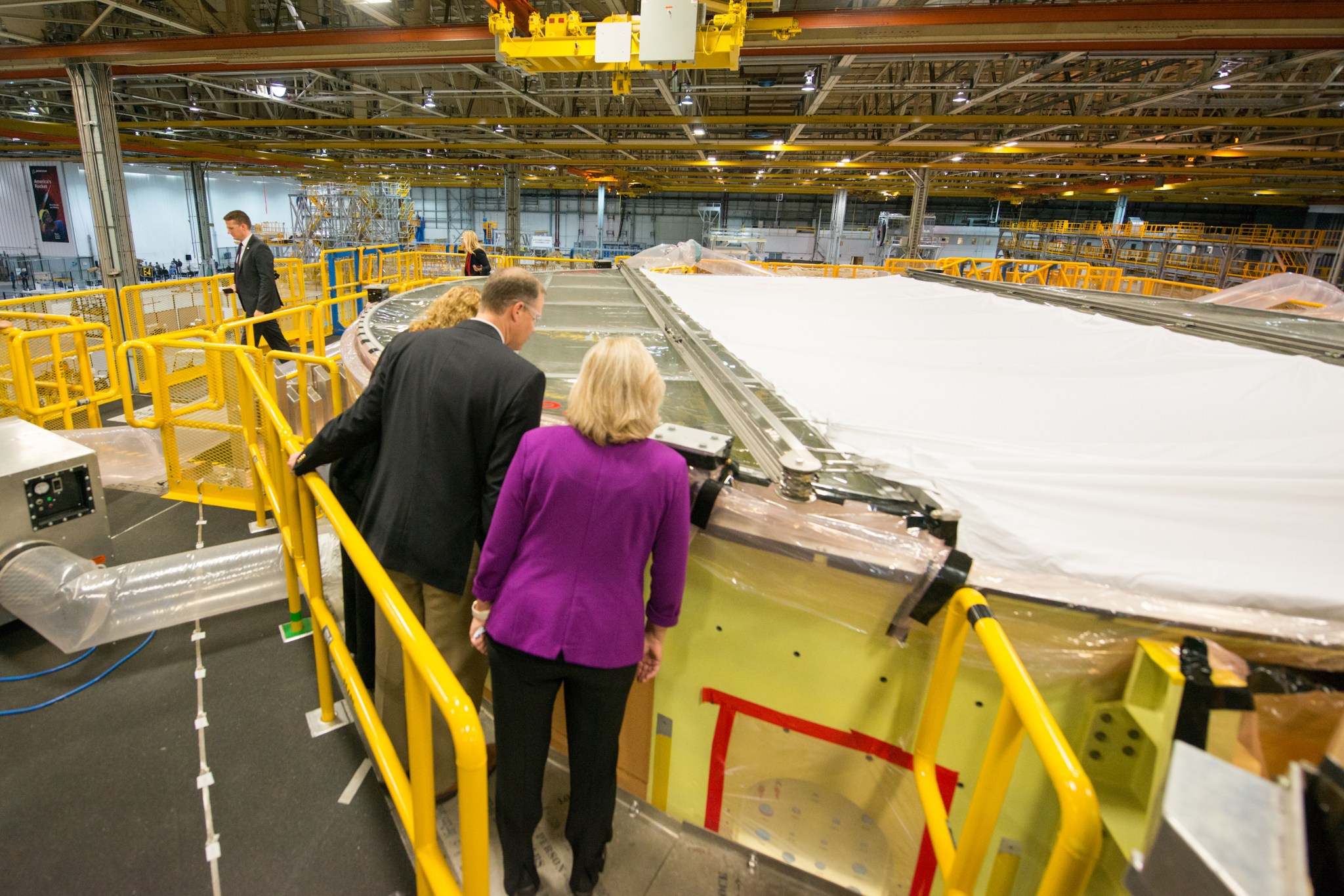
He also viewed Orion’s latest milestone, the welding completion of the primary structure of the crew module, or pressure vessel, by engineers at Michoud. The pressure vessel is the primary structure that holds the pressurized atmosphere astronauts will breathe to allow them to work in the harsh environment of deep space. This pressure vessel will carry the first astronauts to missions beyond the Moon on Exploration Mission-2.
“This is a critical piece of America’s architecture for our return to the Moon and ultimately, it’s a strategic capability for the United States of America,” said Bridenstine. “I cannot overstate how important this capability is to America and how all of the team members who work here are contributing to a capability where countries around the world are seeking to partner with the United States as we return to the surface of the Moon and into orbit around the Moon.”
Deal, an ASRC Federal/Analytical Services employee and Marshall Star Editor, supports the Office of Strategic Analysis & Communications.
NASA Launches Parker Solar Probe on Historic Journey to Touch Sun
NASA’s Parker Solar Probe undertook a landmark science mission when it launched Aug. 12 to begin its journey to penetrate the outer atmosphere of the Sun, where it will revolutionize our understanding of the star that makes life on Earth possible.
The spacecraft lifted off at 2:31 a.m. CDT on a United Launch Alliance Delta IV Heavy rocket from Cape Canaveral Air Force Station. The probe, which will transmit its first science observations in December, is expected to help researchers improve their forecasts of space weather events — which can damage satellites, threaten astronauts in orbit and even disrupt radio communications and power grids.
“This mission truly marks humanity’s first visit to a star that will have implications not just here on Earth, but how we better understand our universe,” said Thomas Zurbuchen, associate administrator of NASA’s Science Mission Directorate. “We’ve accomplished something that decades ago lived solely in the realm of science fiction.”
In October, Parker Solar Probe will perform its first Venus gravity assist. The craft will whip around the planet, using Venus’s gravity to trim its orbit tighter around the Sun. It then will travel to the Sun’s blazing corona, some 15 million miles from the star’s surface — and closer than anything made by humanity has gone before.
Over the next seven years, Parker Solar Probe will make six more Venus flybys and 24 total solar passes, journeying steadily closer to the Sun until it comes within 3.8 million miles of the surface. At this point, the probe will be moving at roughly 430,000 miles per hour, setting the record for the fastest-moving object ever made by humanity.
The probe is designed to help solve the oldest mysteries of our Sun. Why is the corona more than 300 times hotter than the surface? What drives the constant, supersonic outward stream of “solar wind” material? And what mechanism causes solar energetic particles to rocket away from the star, sometimes at more than half the speed of light? Finding these answers is possible for the first time, thanks to cutting-edge thermal engineering advances that will protect the probe on its daring journey.
Four onboard instrument suites will study magnetic fields, plasma and energetic particles, and capture images of the solar wind. The University of California-Berkeley, the U.S. Naval Research Laboratory, the University of Michigan and Princeton University lead these investigations.
NASA’s Marshall Space Flight Center helped develop and test a key instrument that will study the solar wind. Marshall engineers helped develop a prototype and flight-test the Solar Probe Cup, part of Parker’s Solar Wind Electrons Alphas and Protons instrument suite, or SWEAP. Peeking over the probe’s heat shield, the cup will scoop up charged particles, measuring how electrons and ions move within the powerful outward rush.
Ultimately, NASA and its partners anticipate the probe’s imaging and data-gathering capabilities will revolutionize our understanding of the corona, expand our knowledge of the origin and evolution of the solar wind and critically aid our ability to forecast changes in the Sun-Earth environment — better protecting lives and resources across Earth.
“By studying our star, we can learn not only more about the Sun. We also learn more about all the other stars throughout the galaxy, the universe and even life’s beginnings,” Zurbuchen said.
The probe’s name honors University of Chicago physicist Eugene Parker, who predicted the existence of solar wind in 1958. The Parker Solar Probe, managed by Goddard for NASA’s Science Mission Directorate, is part of NASA’s Living With a Star program, studying how the Sun-Earth system impacts life on Earth. The Applied Physics Laboratory at Johns Hopkins University, which designed and built the craft, manages the mission for NASA.
Read more about the launch here.
Finding the Happy Medium of Black Holes
Scientists have taken major steps in their hunt to find black holes that are neither very small nor extremely large. Finding these elusive intermediate-mass black holes could help astronomers better understand what the “seeds” for the largest black holes in the early universe were. The new research comes from two separate studies, each using data from NASA’s Chandra X-ray Observatory and other telescopes. NASA’s Marshall Space Flight Center manages the Chandra program for NASA’s Science Mission Directorate. The Smithsonian Astrophysical Observatory in Cambridge, Massachusetts, controls Chandra’s science and flight operations. (Credits: X-ray: NASA/CXC/ICE/M.Mezcua et al.; Infrared: NASA/JPL-Caltech; Illustration: NASA/CXC/A.Hobart)
Rocket Science in 60 Seconds: A Ride on NASA’s Barge Pegasus
Rocket Science in 60 Seconds gives you an inside look at work being done at NASA to explore deep space like never before on Exploration Mission-1, the first flight of NASA’s Space Launch System rocket and its Orion spacecraft. The agency’s barge Pegasus has been expanded to transport massive SLS hardware between NASA centers for testing and launches. In this episode, barge captains Alan Murphy and Terry Fitzgerald take you on a tour of the boat that shares a name with a mythical creature. For more information about why SLS will be the world’s most powerful rocket, carrying astronauts and cargo farther and faster than any rocket ever built, click here.
This Week in NASA History: HEAO-1 Launches – Aug. 12, 1977
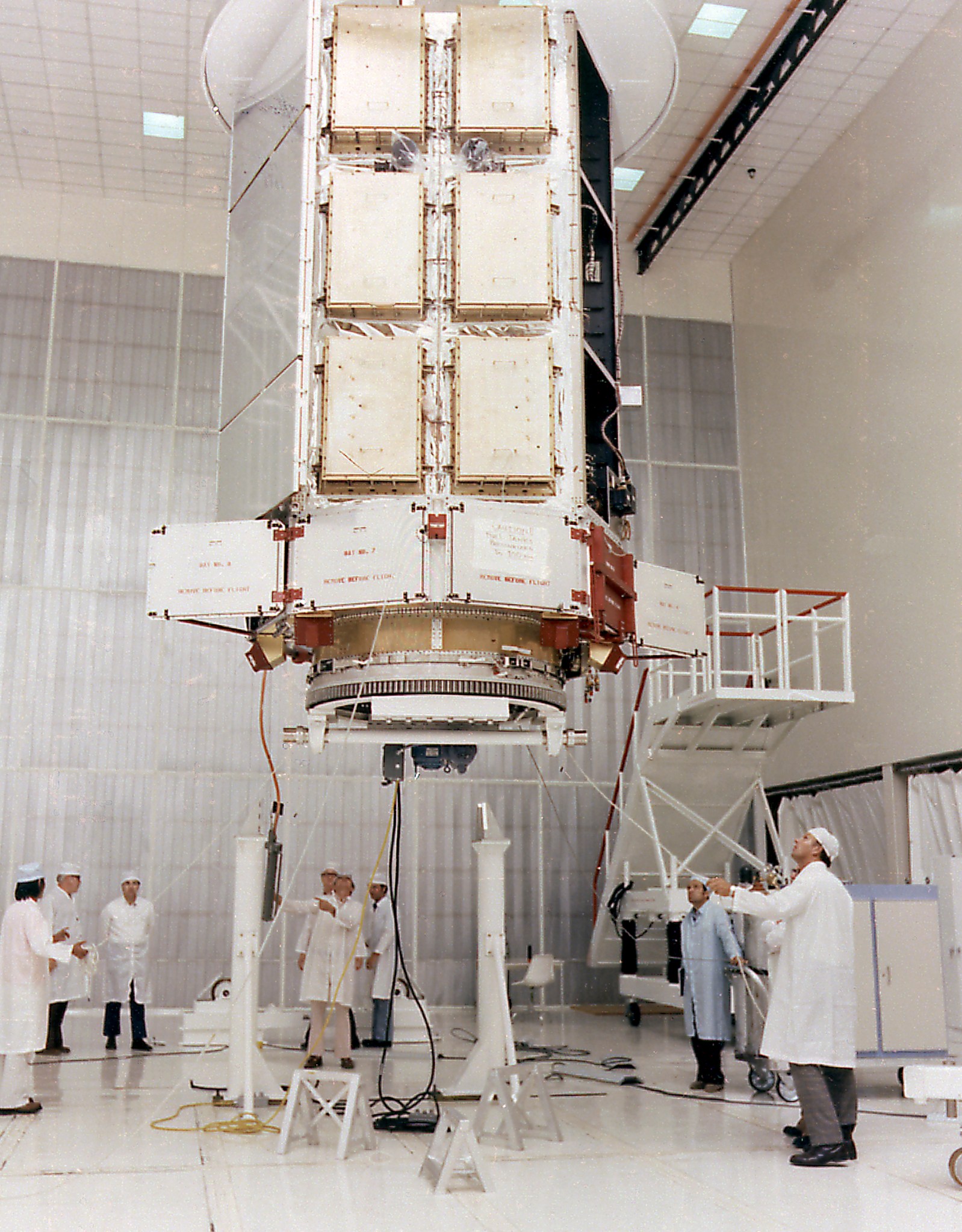
This week in 1977, the High Energy Astronomy Observatory-1, or HEAO-1, launched aboard an Atlas/Centaur rocket from NASA’s Kennedy Space Center. This was the first in a series of three spacecraft in the HEAO Program and was designed to survey the sky for additional X-ray and gamma-ray sources and to pinpoint their positions. The HEAO Program was managed by NASA’s Marshall Space Flight Center and involved a broad array of heliophysics, astrophysics, and planetary science investigations, ranging from the smallest nanosatellites and suborbital sounding rockets to the management of great orbiting observatories and interplanetary spacecraft. The NASA History Program is responsible for generating, disseminating, and preserving NASA’s remarkable history and providing a comprehensive understanding of the institutional, cultural, social, political, economic, technological and scientific aspects of NASA’s activities in aeronautics and space. For more pictures like this one and to connect to NASA’s history, visit the Marshall History Program’s webpage. (NASA)
























